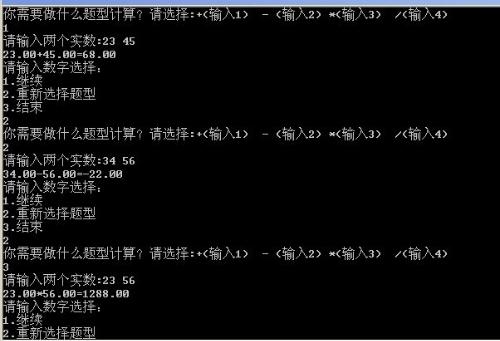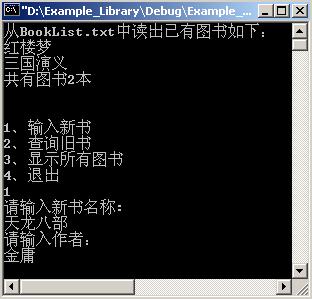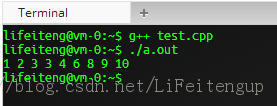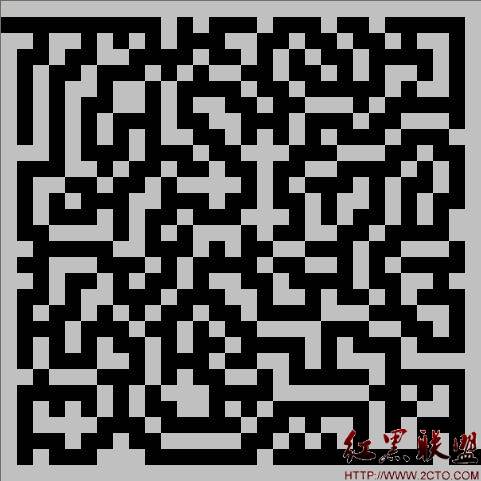poj 3714 Raid and hdu 1007 Quoit Design
典型的最近点对算法的应用,不过这个题多了个限制条件,就是点分为2类,最短距离必须在不同的类之间。为了满足这个限制,只需要
把同类别点直接的距离都当作INF处理即可。
最近点对的算法,算导上面说是nlogn的。但是这个复杂度实现起来略微麻烦点,有一种实现方法是n*logn*logn的,其只对x坐标进行
了排序。n*logn的算法需要对x和y分量分别进行排序,还需要用到其它的辅助数组。
第一个题我用了n*logn算法实现了,第二个题则用了n*logn*logn算法实现了。但是时间上相差不大,因为第一个算法每次进行分治时
候消耗的O(n)时间也有几次。第二个算法分治时候,需要再次排序的时间也不一定很多,因为可能数据量不够大。
算法的本质就是二分按照X排序好的点数组,n*logn*logn变成n*logn的关键是预先对y也排序好一个点数组,因为按y排序好的点数组,
在分治后的合并中要用到。算法更详细的解释请参照算法导论。
poj 3714 代码如下:
#include <stdio.h>
#include <string.h>
#include <math.h>
#include <algorithm>
using namespace std;
#define MAX_N (100000 * 2 + 10)
const double FINF = 1LL << 60;
struct Point
{
double x, y;
int nKind;
};
Point pts[MAX_N], ptsY[MAX_N], ptsTemp[MAX_N];
Point ptsSave[MAX_N];
int nNum;
bool CmpX(const Point& a, const Point& b)
{
return a.x < b.x;
}
bool CmpY(const Point& a, const Point& b)
{
return a.y < b.y;
}
double Dis(Point a, Point b)
{
if (a.nKind == b.nKind)
{
return FINF;
}
else
{
return sqrt((a.x - b.x) * (a.x - b.x) + (a.y - b.y) * (a.y - b.y));
}
}
double FindMinDis(Point pts[], Point ptsY[], Point ptsTemp[], int nBeg, int nEnd)
{
if (nBeg == nEnd)
{
return FINF;
}
else if (nBeg + 1 == nEnd)
{
return Dis(pts[nBeg], pts[nEnd]);
}
else if (nBeg + 2 == nEnd)
{
return min(min(Dis(pts[nBeg], pts[nBeg + 1]), Dis(pts[nBeg], pts[nEnd])),
Dis(pts[nBeg + 1], pts[nEnd]));
}
else
{
memcpy(ptsSave + nBeg, ptsY + nBeg, sizeof(Point) * (nEnd - nBeg + 1));//保存当前的Y坐标顺序
int nMid = (nBeg + nEnd) / 2;
int nL = nBeg;
int nR = nMid + 1;
for (int i = nBeg; i <= nEnd; ++i)
{
if (ptsY[i].x - pts[nMid].x <= 0)
{
ptsTemp[nL++] = ptsY[i];
}
else
{
ptsTemp[nR++] = ptsY[i];
}
}
double fAns = min(FindMinDis(pts, ptsTemp, ptsY, nBeg, nMid),
FindMinDis(pts, ptsTemp, ptsY, nMid + 1, nEnd));
int nK = 1;
for (int i = nBeg; i <= nEnd; ++i)
{
if (fabs(ptsSave[i].x - pts[nMid].x) <= fAns)
{
ptsTemp[nK++] = ptsSave[i];
}
}
for (int i = 1; i < nK; ++i)
{
for (int j = i + 1; j < nK; ++j)
{
if (ptsTemp[j].y - ptsTemp[i].y > fAns)
{
break;
}
fAns = min(fAns, Dis(ptsTemp[i], ptsTemp[j]));
}
}
return fAns;
}
}
int main()
{
int nT;
int nN;
//printf("%f", FINF);
scanf("%d", &nT);
while (nT--)
{
scanf("%d", &nN);
nNum = nN * 2;
for (int i = 0; i < nN; ++i)
{
scanf("%lf%lf", &pts[i].x, &pts[i].y);
pts[i].nKind = 1;
}
for (int i = nN; i < nNum; ++i)
{
scanf("%lf%lf", &pts[i].x, &pts[i].y);
pts[i].nKind = 2;
}
memcpy(ptsY, pts, sizeof(Point) * nNum);
sort(pts, pts + nNum, CmpX);
sort(ptsY, ptsY + nNum, CmpY);
printf("%.3f\n", FindMinDis(pts, ptsY, ptsTemp, 0, nNum - 1));
}
补充:软件开发 , C++ ,





